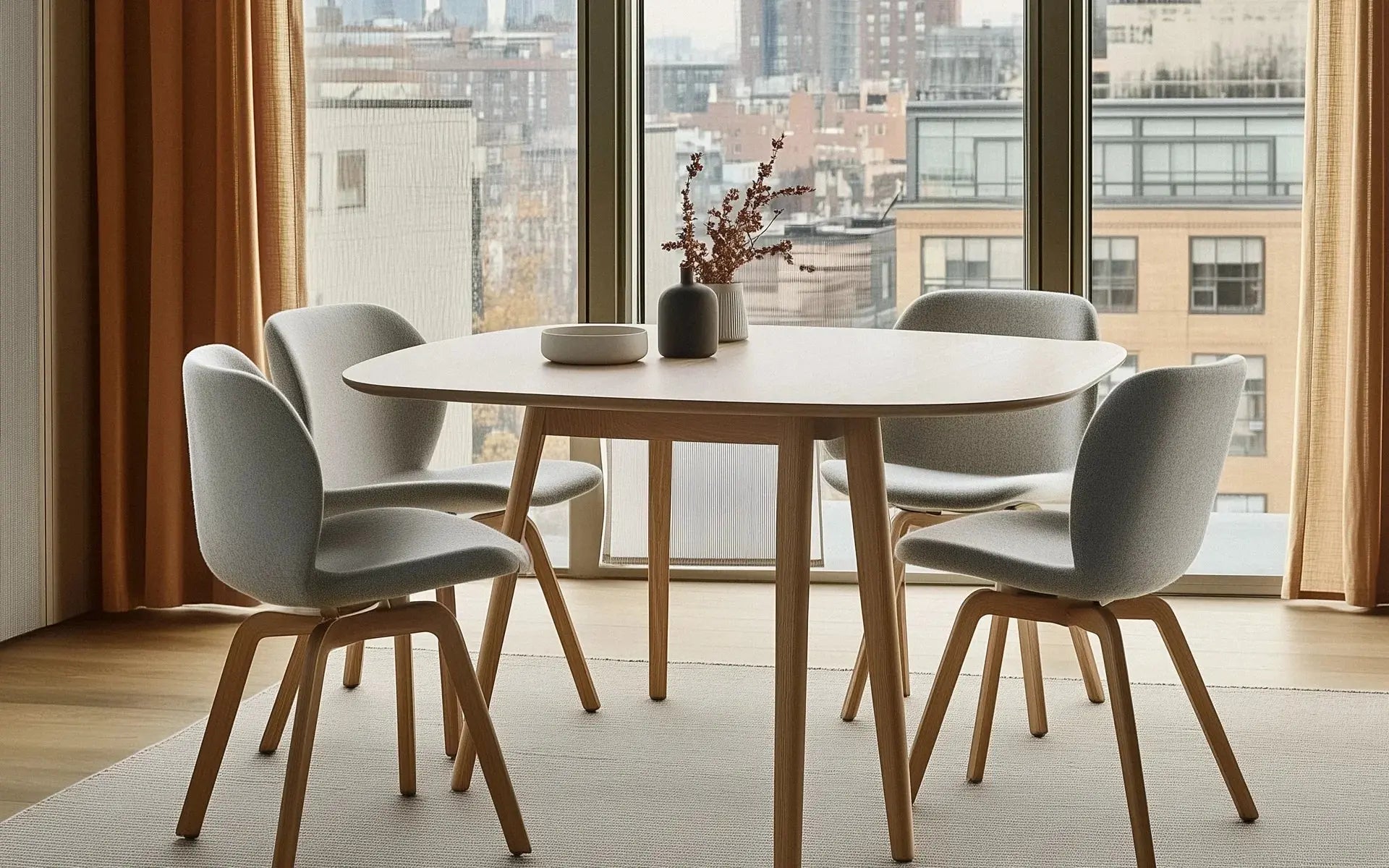A MINDFUL HOME GOES BEYOND AESTHETICS, CREATING SPACES THAT PROMOTE WELL-BEING, CALM, AND INTENTIONAL LIVING.
The concept of a mindful home is about more than just visual appeal; it’s about creating an environment that supports your mental, emotional, and physical well-being.
By designing with intention and purpose, you can craft spaces that not only look beautiful but also feel peaceful and nurturing. A mindful home is a place where every element serves a purpose, contributing to a sense of harmony and balance that enriches your daily life.
Mindful design focuses on creating spaces that are uncluttered, calming, and connected to nature. By incorporating natural materials, soothing color palettes, and thoughtful layouts, you can transform your home into a sanctuary that fosters relaxation and clarity. This approach to design is perfect for those who seek to simplify their living spaces while enhancing their quality of life.


The Beauty of a Mindful Home
The beauty of a mindful home lies in its ability to blend aesthetics with functionality, creating an environment that is both serene and practical. Each room is designed with a clear purpose in mind, ensuring that the space not only meets your needs but also contributes to your overall well-being. Whether it’s a living room designed for relaxation, a kitchen that inspires healthy cooking, or a bedroom that promotes restful sleep, a mindful home is about making intentional choices that enhance your life.
By incorporating elements such as natural light, greenery, and minimalist decor, you can create a space that feels grounded and connected to the natural world. The use of sustainable materials and energy-efficient designs further supports the goal of creating a home that is not only beautiful but also environmentally conscious. In a mindful home, every detail is considered, from the texture of the fabrics to the placement of furniture, ensuring that the space feels harmonious and balanced.
The Science Behind a Mindful Home
Mindful design is supported by research that shows how our environment impacts our mood, stress levels, and overall health. Spaces that are clutter-free, filled with natural light, and designed with thoughtful layouts can reduce stress, enhance focus, and promote a sense of calm. The use of natural materials like wood and stone, as well as the inclusion of plants, can improve air quality and create a more restful atmosphere.
Incorporating mindfulness into your home’s design also involves being intentional about the flow and function of each space. This might mean creating designated areas for different activities, such as a quiet reading nook, a meditation corner, or a space for creative pursuits. By aligning your environment with your daily routines and personal values, you create a home that supports a mindful lifestyle.
A mindful home is more than just a trend; it’s a way of life that prioritizes well-being and intentional living. By creating spaces that are calming, functional, and connected to nature, you can transform your home into a sanctuary that nurtures both body and mind.
— Julia Morton, Mindful Living Magazine





Share:
Curved Minimalism- The Fusion of Elegance and Simplicity
Where Modern Meets Organic